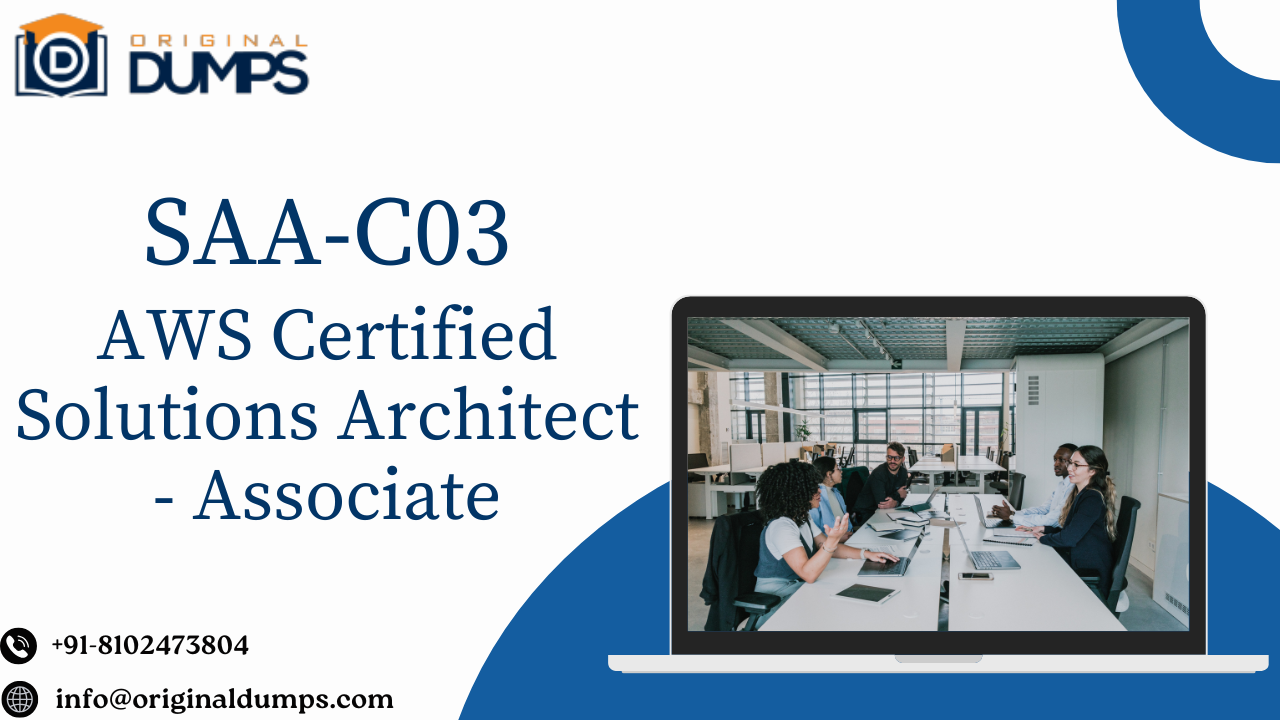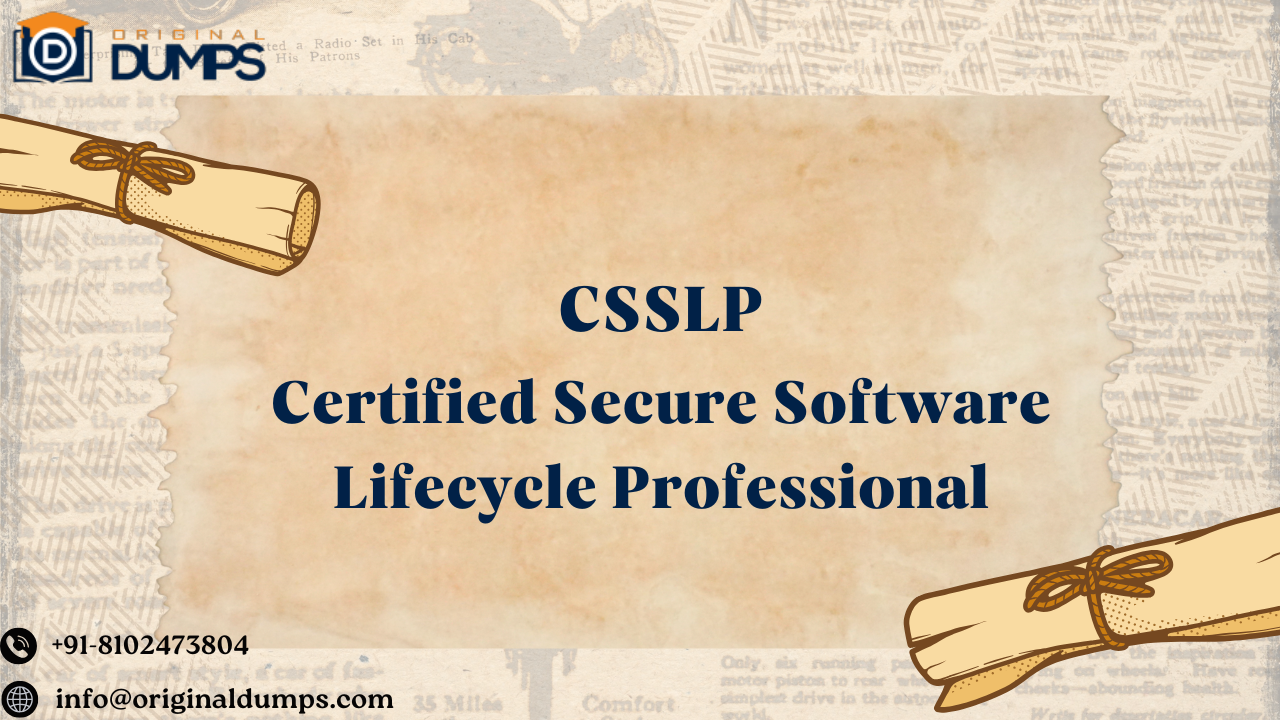Overview of SAP cloud application programming model (C_CPE_16)
The SAP Cloud Application
Programming Model (C_CPE_16) is a framework provided by SAP for building
business applications in a cloud environment. It offers developers a set of
tools, guidelines, and best practices to create scalable and maintainable
applications on the SAP Cloud Platform.
Backend development, the SAP Cloud Application Programming Model (C_CPE_16) has emerged as a game-changer, offering a comprehensive framework for building scalable, cloud-native applications.
Understanding SAP Cloud Application Programming Model:
SAP Cloud Application Programming Model provides a holistic approach to application development, encompassing data modeling, business logic, and service provisioning. Leveraging a domain-driven design approach, Cloud Application Programming Model enables developers to define entities, services, and operations using a rich domain-specific language (DSL). This abstraction layer simplifies the development process, fostering agility and flexibility.
Key features and components of the SAP C_CPE_16 include:
Modeling:
C_CPE_16 allows developers to define the data model, business logic, and service interfaces using a domain-specific language called Core Data and Services (CDS). CDS supports defining entities, associations, annotations, and service definitions in a declarative manner.
Service Development:
C_CPE_16 supports the development of services that expose data and business logic through APIs. These services can be implemented in various programming languages like JavaScript (Node.js) or Java.
Persistence:
Backend Developers integrates with SAP HANA and other
databases to provide built-in support for data persistence
Service Consumption:
Backend Developer – SAP Cloud Application Programming Model applications can consume external services and APIs using various protocols such as REST, OData, and Graph. Integration with SAP Cloud Platform services is also supported.
Multi-tenancy:
Backend Developer – SAP Cloud Application Programming Model provides support for building multi-tenant applications, allowing a single instance of the application to serve multiple customers or tenants while maintaining data isolation and security.
UI Generation:
Backend Developer – SAP Cloud Application Programming Model includes tools for generating user interfaces (UI) based on the defined data models and services. Developers can choose from various UI frameworks like SAP Fiori or React to build the frontend of their applications.
Overall, SAP C_CPE_16 aims to streamline the development of cloud-native applications on the SAP Cloud Platform by providing a comprehensive set of tools and best practices for modeling, development, and deployment.
Future of SAP Backend Developer – SAP Cloud Application Programming Model:
The future of SAP CAP is poised
for growth and innovation, driven by the following trends and developments:
Enhanced AI and Analytics:
SAP Cloud Application Programming Model
will continue to integrate advanced analytics and artificial intelligence
capabilities, enabling intelligent decision-making and predictive insights.
Edge Computing:
With the proliferation of edge computing, SAP Cloud
Application Programming Model will evolve to support edge-native applications,
enabling real-time processing and data synchronization at the network edge.
Block chain Integration:
SAP Cloud Application Programming Model
will explore tighter integration with block chain technology, facilitating
secure and transparent transactions across distributed networks.
Low-Code/No-Code Development:
SAP Cloud Application Programming
Model will embrace low-code/no-code development paradigms, empowering citizen
developers to build and deploy applications with minimal coding.
Open Ecosystem:
SAP Cloud Application Programming Model will foster
an open ecosystem of plugins, extensions, and integrations, enabling seamless
collaboration and interoperability with third-party tools and platforms.
Success in the SAP Ecosystem:
The success of SAP Cloud Application Programming Model hinges on its ability to address the evolving needs and challenges of organizations across industries. By delivering value through accelerated innovation, agility, and interoperability, SAP Cloud Application Programming Model is well-positioned to drive digital transformation and business growth within the Cloud Application Programming Model.
Why Choose SAP Backend Developer - SAP Cloud Application Programming Model Certification Practice Exam?
With over ten years of expertise in the field, we are a group of trained and experienced SAP Backend Developers and SAP Cloud Application Programming Model Consultants. Candidates who have recently passed the SAP Backend Developer - SAP Cloud Application Programming Model Certification Exam are routinely worked with by our team. To provide the highest caliber practice exam questions, we gather the most recent information from these applicants. Our premium question bank is constantly being improved by our professionals to ensure that you pass the SAP CPE Certification Exam on your first try.
Exam Topics Covered of SAP Cloud Application Programming Model:
Domain-Driven Design:
Understanding business domains and modeling
them effectively within your application.
Data Modeling:
Defining and structuring data entities,
relationships, and services using CDS (Core Data Services).
Service Implementation:
Implementing services to expose and
manipulate data entities, often using OData (Open Data Protocol) or GraphQL.
Business Logic:
Writing business logic using JavaScript or Java to
implement application-specific behavior and rules.
Security:
Configuring and implementing security measures such as
authentication, authorization, and data protection.
Deployment:
Deploying and managing applications on SAP Cloud
Platform or other cloud providers.
Integration:
Integrating with other SAP and non-SAP systems using
various protocols and technologies.
Testing and Debugging:
Ensuring the quality and reliability of applications
through testing and debugging techniques.
Performance Optimization:
Optimizing application performance
through efficient coding practices and resource management.
Monitoring and Logging:
Monitoring application health and
performance, and logging relevant information for troubleshooting and analysis.
Versioning and Maintenance:
Managing application versions, updates, and maintenance over the software lifecycle.
Continuous Integration/Continuous Deployment (CI/CD):
Implementing
CI/CD pipelines for automated testing, building, and deploying applications.
What Makes Our SAP C_CPE_16 Exam Material Better Than Others?
To make the required adjustments to our study guide, we regularly solicit input from SAP Certified Associate-Backend Developer-SAP Cloud Application Programming Model exam students who have passed. Our SAP C_CPE_16 exam study material is syllabus-based and we update it immediately if SAP changes the content of the C_CPE_16 exam. Our SAP C_CPE_16 practice questions are now more efficient and goal-oriented thanks to these frequent improvements. We provide SAP Certified Development Associate certification exam preparation materials in PDF questions, web-based practice exams, and desktop tests to accommodate each candidate's unique learning needs. Here are major reasons that make the preparation material of the Original Dumps more effective.
Conclusion:
In conclusion, SAP Cloud
Application Programming Model (C_CPE_16) offers a compelling framework for
backend developers to build scalable, cloud-native applications within the SAP
ecosystem. While CAP boasts numerous benefits, it is essential for
organizations to weigh its pros and cons carefully and align its adoption with
their strategic objectives. With continuous enhancements and a vibrant
community of developers, SAP CAP holds promise for shaping the future of
enterprise application development.






